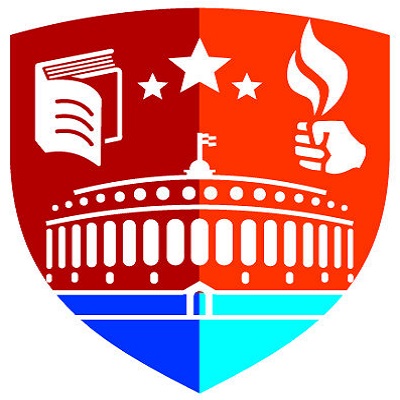World Health Organization’s report on assistive technology for physically challenged persons provides a roadmap for India. Explain (200 Words)
Refer - Indian Express
Enrich the answer from other sources, if the question demands.

IAS Parliament 4 years
KEY POINTS
· Despite the challenges posed by the pandemic in the last two and a half years, it is an incredible achievement that the World Health Organisation (WHO) and United Nations Children’s Fund (UNICEF) jointly launched the first Global Report on Assistive Technology (GReAT).
· The GReAT report draws upon surveys conducted in 20 countries. These indicate that the proportion of the population currently using at least one assistive product ranges from less than 3 per cent to about 70 per cent.
· People: This is related to the age, gender, type of functional difficulty, location and socioeconomic status of those in need of AT.
· Products: The range, quality, affordability and supply of assistive products continue to pose considerable challenges. Quality and standard issues such as safety, performance and durability are key concerns.
· Provision: The information and referral systems remain complex and services are not available across all geographies and populations.
· Personnel: The workforce gaps are not just about numbers but also about adequate training and education too.
· Policy: A survey of more than 60 countries reported that they have at least one government ministry or authority responsible for access to AT.
· Until AT solutions are integrated with the existing primary healthcare packages the current top-down approach is of limited benefit. The GReAT Report provides that roadmap.